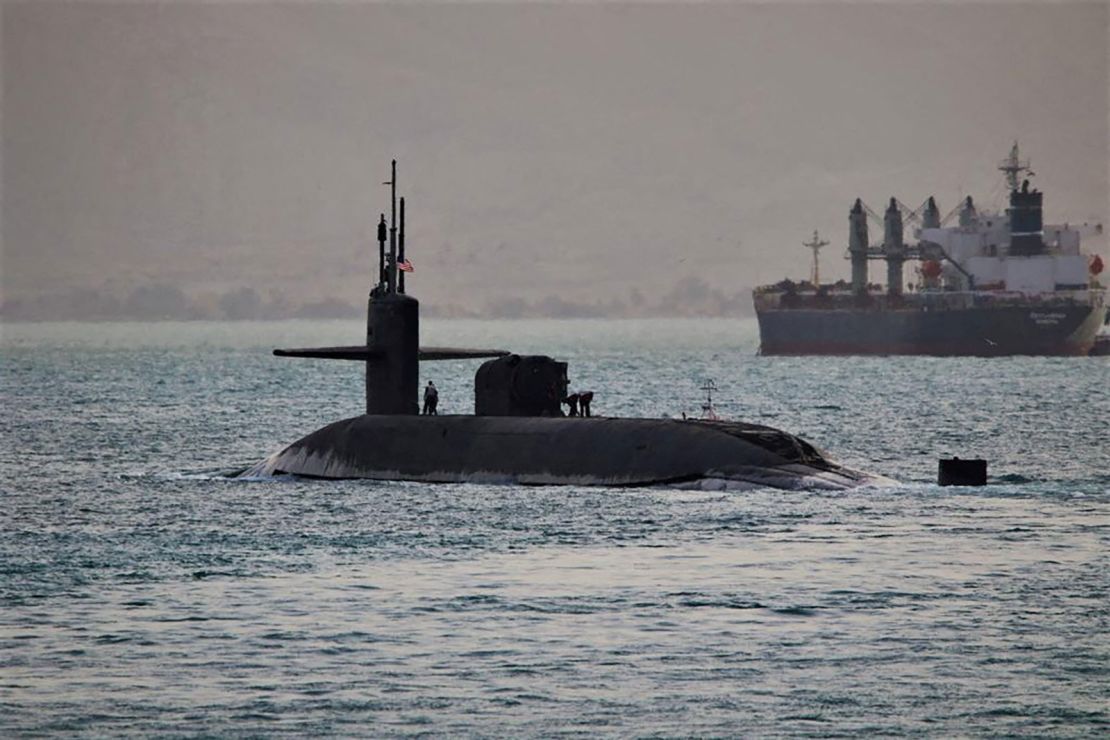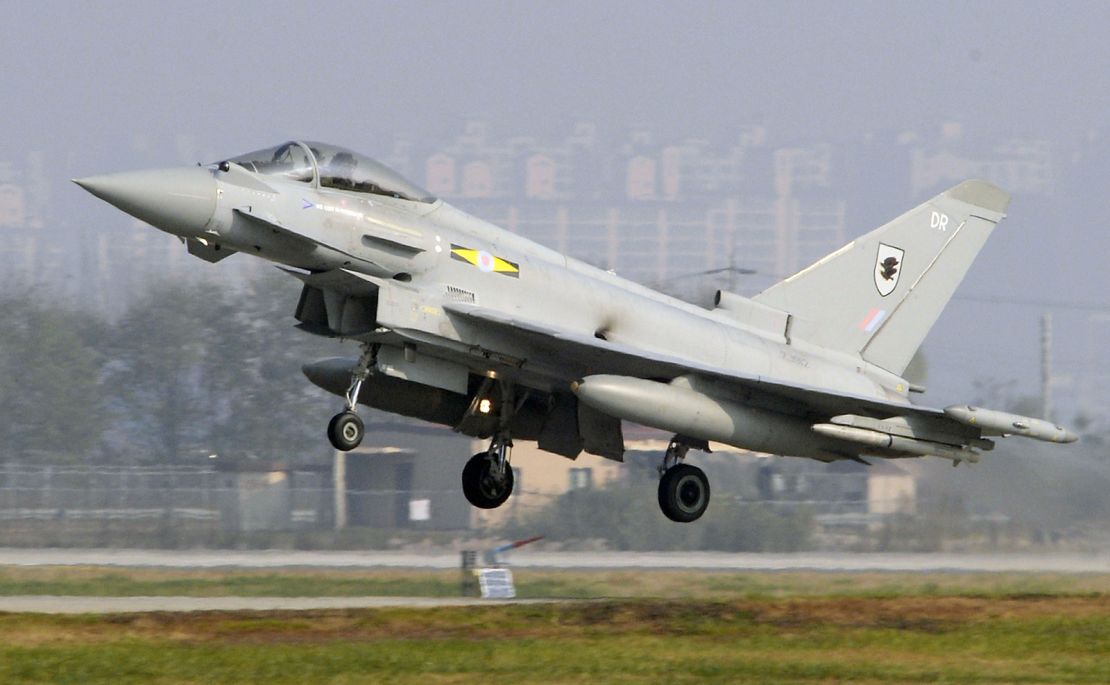
After repeated warnings, United States and British forces have followed through on threats to retaliate against Iran-backed Houthi rebels for their attacks on commercial ships in the Red Sea.
Under the cover of darkness they launched missiles and bombs on targets in Yemen from air and sea overnight Friday. Here’s what we know about the weapons and military hardware employed by the US and the UK.
Tomahawk missiles
The US Navy’s Tomahawk Land Attack Missiles (TLAM) are low-flying cruise missiles capable of delivering a 1,000-pound conventional warhead hundreds of miles inland.
Launched from either surface ships or submarines, Tomahawks fly at subsonic speeds on “evasive” or non-linear routes that can beat air defense systems, according to a US Navy fact sheet.
The Tomahawks are highly accurate, and as they are GPS-guided, they can change targets or courses after launch depending upon needs, it says.
The “missile is capable of loitering over a target area in order to respond to emerging targets or, with its on-board camera, provide battle damage information to warfighting commanders,” the fact sheet says.
The US first used Tomahawks in combat in 1991 during Operation Desert Storm against the forces of then-Iraqi dictator Saddam Hussein, and they’ve been used in several other conflicts since.
Guided-missile submarine USS Florida

The submarine USS Florida is one of four nuclear-powered guided-missile submarines (SSGNs) in the US Navy fleet.
Originally an Ohio-class ballistic missile submarine – which carry nuclear warheads – the Florida and its sister boats USS Ohio, USS Michigan and USS Georgia, were converted to guided-missile subs between 2005 and 2007, according to a Navy fact sheet.
The submarine’s comparatively large size and power allow it to carry 154 Tomahawk cruise missiles, 50% more than US guided-missile destroyers pack and almost four times as many as the US Navy’s newest attack subs.
“SSGNs can deliver a lot of firepower very rapidly,” Carl Schuster, a former Navy captain and director of operations at the US Pacific Command’s Joint Intelligence Center, told CNN in 2021.
“One-hundred and fifty-four Tomahawks accurately deliver a lot of punch. No opponent of the US can ignore the threat,” he said.
While the Navy could amass a larger number of destroyers to deliver missiles in even greater numbers, as a standalone, hard-to-detect unit, the Ohio-class guided missile submarine is in an ocean by itself in America’s arsenal, Bradley Martin, a former Navy captain turned naval researcher at the RAND Corp think tank, also said in 2021.
“The SSGN remains the platform with the single largest ability to deliver conventional missile payloads,” Martin said.
The magnitude of that firepower was shown in March 2011, when the USS Florida fired almost 100 Tomahawks against targets in Libya during Operation Odyssey Dawn. That attack marked the first time the SSGNs were used in combat.
The Florida is driven by a nuclear reactor providing steam for two turbines, which turn the sub’s propeller. The Navy calls its range “unlimited,” with its ability to stay submerged constrained only by the need to replenish food supplies for its crew.
US Navy guided-missile destroyers

The Pentagon said, besides the Florida, US surface ships also launched Tomahawks against the Houthis.
The backbone of the US Navy surface fleet is the Arleigh Burke-class guided-missile destroyer, with almost 70 in commission.
With a displacement of up to 9,700 tons, the Burke-class carries a range of armaments, both defensive and offensive.
The destroyers deploy Tomahawk cruise missiles with their Vertical Launching System (VLS), with each destroyer having 90 to 96 VLS cells, depending upon when it was built.
The Pentagon has not said which specific destroyers were involved in the attacks on Yemen, but several of the warships have been in the Red Sea in the past two months defending commercial vessels against Houthi drone and missile attacks.
Typhoon fighters from Britain

The single pilot, twin-engine jets are a mainstay of the UK’s air fleet.
They fly at speeds as fast high as Mach 1.8 and as high as 55,000 feet, according to a Royal Air Force fact sheet.
Developed by a consortium of defense firms to provide multiple NATO nations with a multirole fighter, they are also robust weapons platforms, capable of carrying a range of air-to-air and air-to-surface missiles as well as precision-guided bombs.
The UK Defense Ministry said the four involved in the attack on Houthi targets delivered Paveway IV munitions, bombs with 500-pound warheads.
The Paveway IV has tail fins that help guide it to its target based on directions the weapon receives either from laser marking or by GPS coordinates transmitted to it.
The British Typhoons were supported by a Voyager air refueling tanker which allows the jets to fly longer distances. The UK Defense Ministry did not say where the jets took off from. But video footage posted by Defense Minister Grant Shapps showed a Typhoon taking off at night from a land-based runway.




